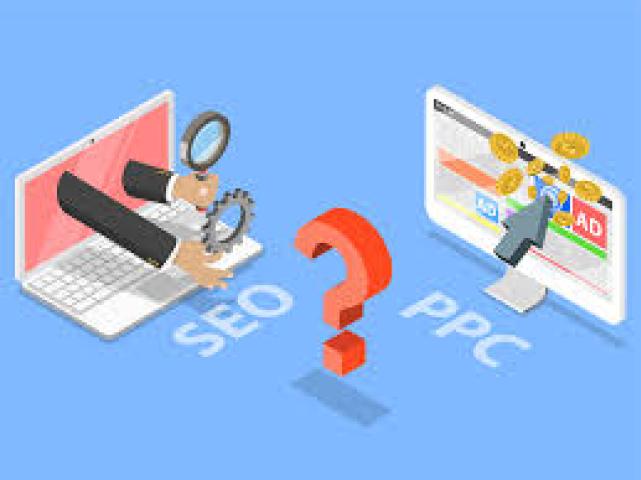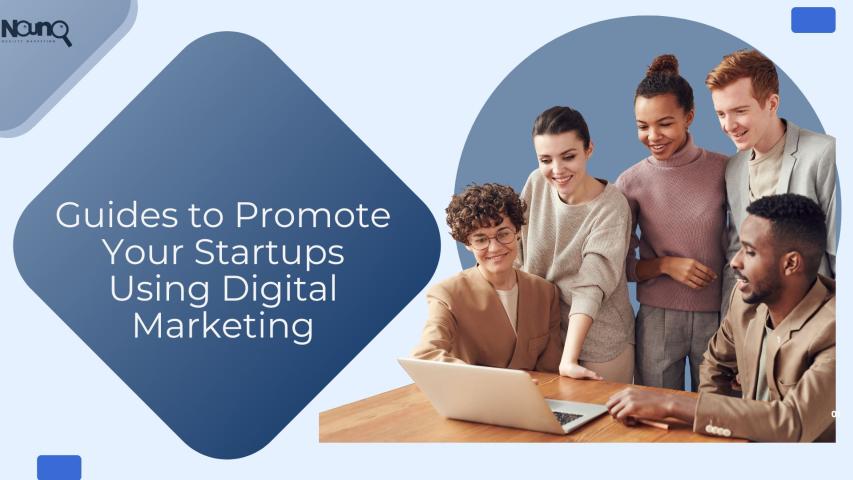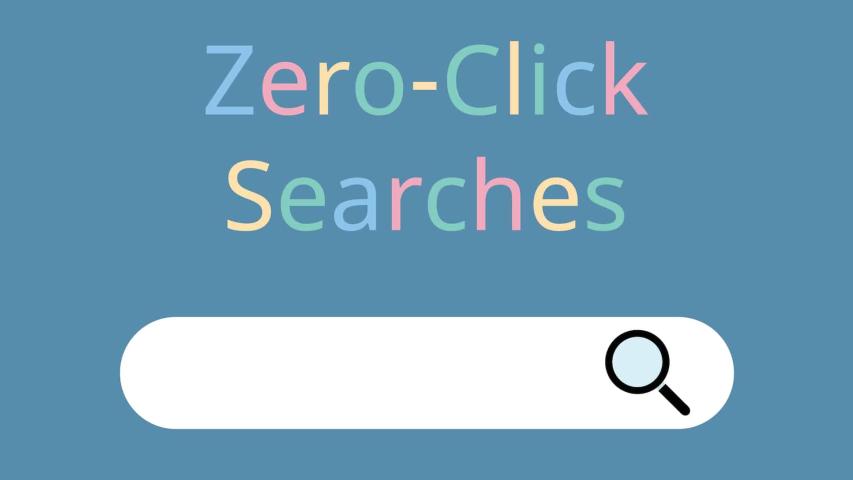Understanding B2B Marketing
Business-to-Business (B2B) marketing is a specialized field that focuses on promoting products or services to other businesses, rather than to individual consumers for Sales. It involves a distinct set of strategies, tactics, and considerations compared to B2C (Business-to-Consumer) marketing.
Key Differences Between B2B and B2C Marketing
- Decision-Making Process: B2B purchases typically involve multiple stakeholders and a more complex decision-making process, often requiring in-depth research and analysis.
- Buying Motives: B2B buyers are primarily driven by rational factors such as cost, efficiency, and ROI, while B2C buyers may be influenced by emotions, brand image, and personal preferences.
- Sales Cycle: B2B sales cycles are generally longer and more involved, requiring a sustained nurturing process to build relationships and trust.
- Target Market: B2B marketers target specific industries, verticals, or job titles, while B2C marketers often focus on broader demographic segments.
Core Components of B2B Marketing
- Target Market Identification: Identifying the specific businesses or industries that would benefit from your products or services is crucial. This involves understanding their needs, pain points, and buying behaviors.
- Value Proposition: Crafting a compelling value proposition that clearly articulates the unique benefits your offering provides to B2B customers is essential. It should address their specific needs and demonstrate how your solution can solve their problems.
- Content Marketing: Creating and distributing valuable content, such as blog posts, whitepapers, case studies, and webinars, is a cornerstone of B2B marketing. This helps establish thought leadership, attract leads, and nurture relationships.
- Inbound Marketing: Inbound marketing focuses on attracting and converting potential customers through valuable content and SEO strategies. This approach is particularly effective for B2B businesses as it allows them to build relationships with their target audience over time.
- Account-Based Marketing (ABM): ABM is a highly targeted approach that focuses on a select group of high-value accounts. It involves personalized outreach and tailored messaging to build strong relationships and drive revenue.
- Social Selling: Leveraging social media platforms to connect with and engage potential B2B customers is a valuable strategy. This can involve sharing valuable content, participating in industry discussions, and building relationships with decision-makers.
- Events and Networking: Attending industry conferences, trade shows, and networking events can be a great way to connect with potential B2B customers, generate leads, and build relationships.
- Public Relations: Building positive media coverage can help enhance brand awareness, establish credibility, and attract new business.
- Sales Enablement: Providing sales teams with the tools, resources, and training they need to effectively engage with B2B customers is essential. This includes sales collateral, training materials, and CRM systems.
Challenges and Opportunities in B2B Marketing
- Complexity: The B2B sales cycle and decision-making process can be complex and time-consuming.
- Personalization: Delivering highly personalized experiences to B2B customers can be challenging, but it is increasingly important in today's competitive landscape.
- Digital Transformation: Embracing digital technologies and data-driven marketing strategies is essential for B2B success.
- Data Privacy: Adhering to data privacy regulations and protecting customer data is a critical concern.
Conclusion
B2B marketing is a dynamic and challenging field that requires a deep understanding of target markets, value propositions, and effective marketing strategies. By focusing on building relationships, providing value, and leveraging digital technologies, B2B marketers can drive growth and success in today's competitive business environment.











